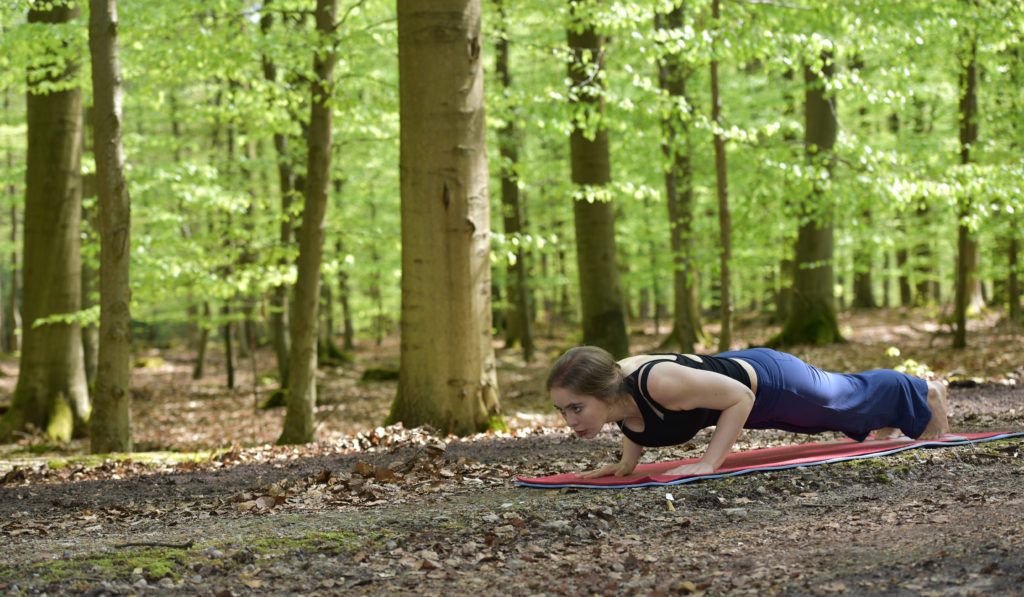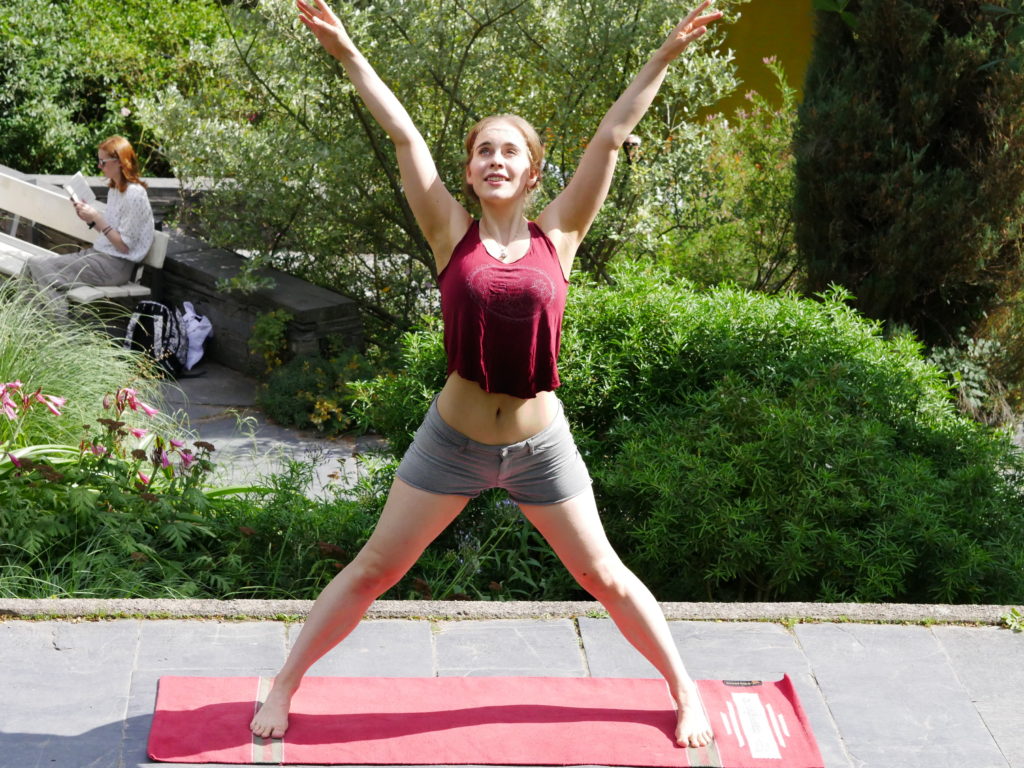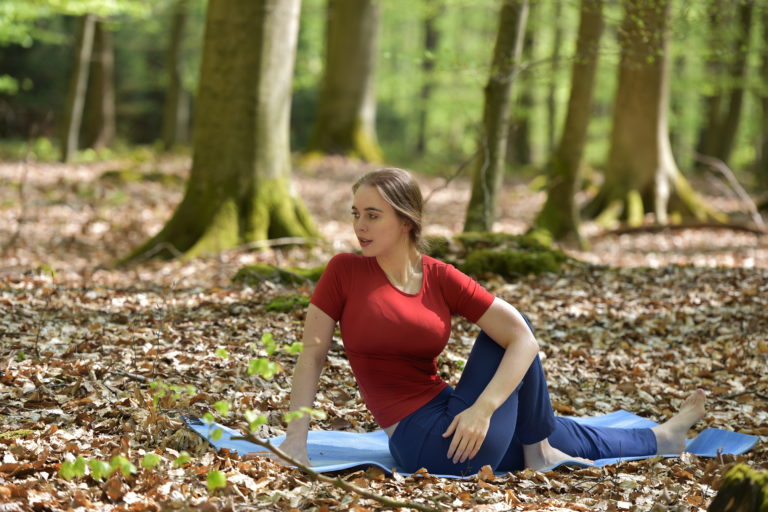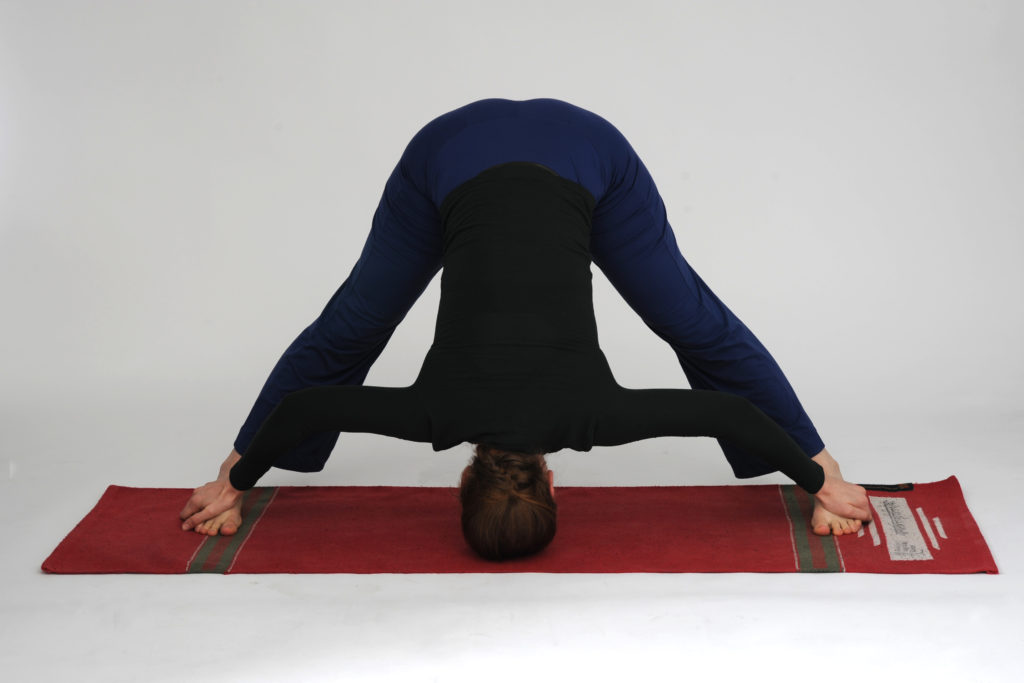
“Penetration of our mind is our goal, but in the beginning to set things in motion, there is no substitute for sweat.” – B. K. S. Iyengar
There is no shortage of predjudice around Yoga, the most prevalent one being, that it were just an occupation for skinny, bendy and new-agey half-buddhist white women between 15 and 35, practiced on beaches with a skilled photographer handy.
Far from that being the case, however, Yoga is for every gender, every weight, for every shape of body, for every state of flexibility, every age and for every religion. Yoga Asana is the system of physical postures within the overall structure of Ashtanga Yoga, wherein it takes the place of being the third step following the Yamas and Niyamas.
A Sun Salutation
Stepping on your mat you reconnect yourself every day to your ongoing process, which is as constant as it is continual. And then you take a breath and reach your arms to the sky. As you exhale you let go and fold forward, relaxing your shoulders and neck and giving your legs a good, deep stretch. On your next inhale you look up and then you jump back, suddenly firm and strong. As you lower yourself down you exhale slowly and deliberately, ready to push your chest forward and reach your heart upwards for the next inhale. Upon breathing out you roll over your toes, reaching your sitting bones to the sky and gripping firmly into the mat. Five even breaths transport your attention and focus through your entire body. And then you inhale, jumping or stepping forward to look forward, before you breathe out, releasing your body again, hinging from the hips and lengthening the back of your legs again. Inhale, reach your arms up, looking up – and exhale, standing straight, looking forward, back where you started, but a step further nonetheless.
Yoga in its fullness, including Asana, has become part of my daily life and I believe that daily dedication is essential for dealing with the chaotic element of modern living. Whatever hits me, there is some place I come home to, every day, grounding and reassuring in its variability, a moving meditation.

What to expect from a class?
When I teach at a studio or for a specific demand, classes are tailored to a particular plan that can be modified as time moves on. I like to keep even such classes at least roughly inspired by the Primary Series, but I have had demands for a Pilates-Yoga blend too, or to basically create a workout from a Yoga Teacher’s perspective. Many classes that sail under the name “Yoga” are created in that way, and I enjoy the flexibility and malleability of this approach.
If I decidedly teach Ashtanga style, though, I like to keep to the overall structure of the Primary series as much as possible, either Mysore style or teacher-led, offering props and variations.
In general, I like to structure one-hour classes the following way: Warm-up is fairly similar every time. We go through a few Sun Salutations, and the same few exercises from the standing sequence of the Primary Series and this takes between ten or twenty minutes, depending on how long we need to get ourselves up and running. This is, where we reconnect with the familiarity of the exercises, binding the practice of one day to the others and creating continuity.
After that, we step out of the familiar. What we do now has a different focus each time. It might be exercise-styles like backbends, inversions or forward folds, but it could also be more focused on physical effect like focusing on the spine, the psoas or the shoulders – or it could be focused on an internal effect like relaxation, getting energized or focusing your attention. I like to keep this part versatile in order to keep everyone engaged and keep expanding my student’s experience.
The last part of my classes is structurally different for different levels. For beginners I like to have them enjoy a longer Savasana, for a little more advanced students I like to give them time to experience their own flow with some music, while I go around, aiding in alignment where so desired and then lead them all to a calm-down Savasana. If you have but one hour, some things need to go, but for longer sessions, more luxuries could be afforded like Pranayama before and after class, finishing off with a meditation, or extending any of the sequences I outlined above – or adding others.

I embrace the fact that yoga is different for everyone so I offer props and modifications throughout the class. My classes vary, depending on the people present and their energy at that moment. I come with a plan, but I adjust it to not strain a tired class, but have them leave refreshed – or to really strengthen a class with focus and determination.
I sometimes use music, but not always – the only music we truly need is the flow of our own breath.
With newer classes I do plenty of explaining to ensure safe and correct alignment in postures, so my students are sure to be safe in their practice. With more experienced students I do a less talking to let them experience the silence and focus on themselves.
View some exercises with explanations and contraindications, that you can do to start feeling better today – Not because doing them at home can compare to physically sharing the same space with an actual instructor, but because it might help to get over the initial estrangement, to have a rough estimate of what might expect you.








